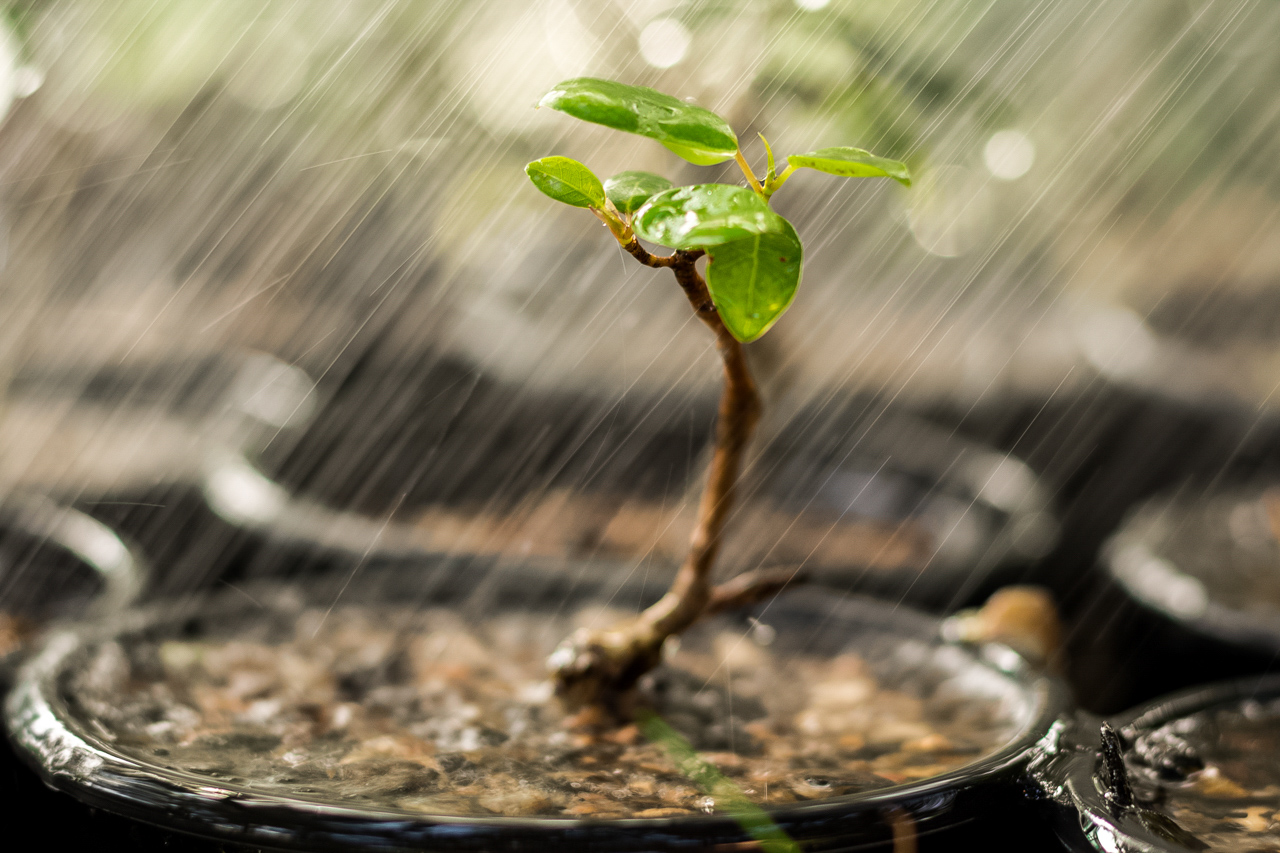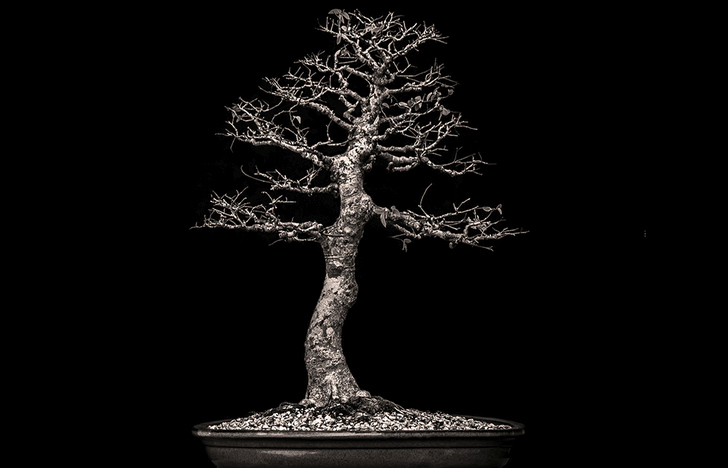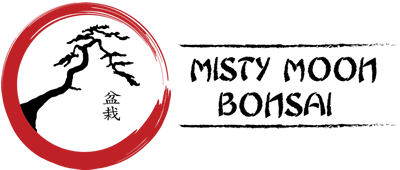BONSAI BASICS
A basic guide to growing bonsai, the necessary basic information and advice

TREE PLACEMENT
Your Bonsai is a tree, not a pot plant. It loves sunshine, wind and rain. The best location is a spot in the garden where it will receive the morning sun and be shaded from the heat of the afternoon.
The dappled shade of a tree is often suitable although indigenous trees prefer full sun. Some species of Bonsai may be kept indoors in a well lit and airy room.
The majority however can only be brought into the home for a week or so at a time (for display purposes), before being returned to their permanent home outdoors.

PRUNING
To maintain the shape, balance and harmony of your Bonsai requires constant trimming of unwanted growth. This entails the pinching or cutting off of excess shoots and leaves.
If your tree has needles, like the Pine, pinching off the terminal needles with your fingers is the recommended way of pruning. Needles cut with scissors will turn brown for a while.
In the case of trees with leaves, allow the shoot to develop about six leaves and then cut back to the first two. This will encourage the dense, twiggy growth that is the hallmark of a good Bonsai.

REPOTTING
There is a misconception that cutting the roots of a Bonsai keeps it small. The Bonsai stays small because it grows slowly in the limited amount of soil while constantly pruning the foliage to keep it well shaped.
The only reason to repot a Bonsai is to refresh the soil once the roots of the Bonsai fill the pot. This needs to be done every year in the case of deciduous trees and every 3 or 4 years with evergreens.
The procedure is simple. Remove the Bonsai from the pot after loosening the soil around the edges. Uncoil the roots which will be wound around the base of the tree and cut them off. Cut off about 2.5 cm of root ball around the edges and replace the Bonsai in the original pot with a fresh soil mix to fill the gaps.

WATERING ROUTINE
Watering is the most important aspect in caring for your Bonsai. Your trees are growing in a limited amount of soil, and exposed to the seasonal elements.
There is a loss of moisture through the sun and wind, making it essential to that your Bonsai is constantly moist. A surprising amount of water is also taken up by the tree. In hot weather the tree will transpire up to ten times the normal amount of moisture.

When watering, do so until excess water runs out through the holes in the base of the pot. Only water again when it is necessary. This will most likely be every day in summer. In very hot or windy conditions it is necessary to sometimes water twice a day. During winter months, this can be reduced to every second day or as required.
Spraying foliage daily in addition to watering will deter insects and diseases which are attracted to dry leaves.
Listen to the tree; it tells you where it wants to go – John Naka –

FEEDING HABITS
Your Bonsai should be fertilised only during the growing season. Any well balanced fertiliser will do as long as you follow the instructions.
We recommend ‘Nitrosol’ in a weak dose on a weekly basis during spring and summer months. This can be applied to Bonsai as you water or as a foliage spray.
Beginners classes, demonstrations and lectures are regularly conducted, and we welcome everyone to come along
